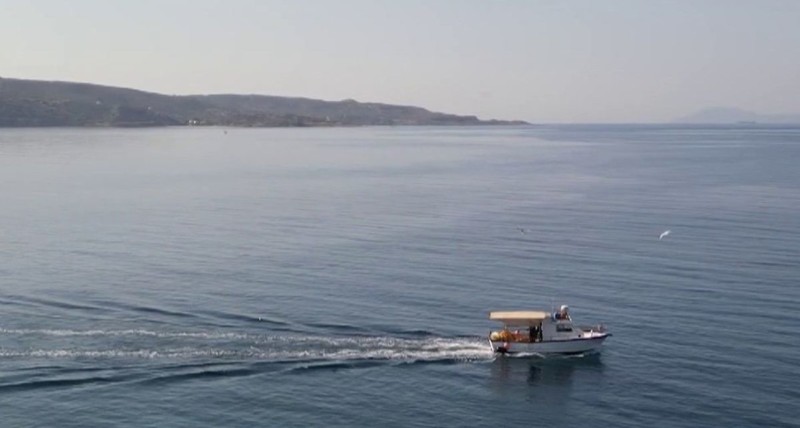A report from the UN climate agency reveals that sea levels have risen by approximately 15 centimeters in some areas of the Pacific over the past thirty years. The global average rise is 9.4 centimeters, according to this research.The urgency is such that the Secretary-General of the United Nations (UN), António Guterres, issued a global alarm about rising sea levels in the Pacific on Tuesday, August 27, at the Pacific Islands Forum (PIF) summit in Nuku’alofa, the capital of Tonga.
« I am in Tonga to issue a global SOS – Save Our Seas – regarding the rising sea levels. A global disaster is threatening this Pacific paradise, » Mr. Guterres stated while unveiling research from the World Meteorological Organization (WMO) on climate in the Southwest Pacific.
You can share an article by clicking on the share icons at the top right of the page.
The complete or partial reproduction of an article, without the prior written permission of Le Monde, is strictly prohibited. For more information, please refer to our terms and conditions. For authorization requests, contact syndication@lemonde.fr. As a subscriber, you can gift up to five articles per month to a friend using the « Gift an Article » feature.
According to the new report released by this UN climate agency, which has been monitoring tide gauge measurements installed on Pacific beaches since the 1990s, sea levels have risen by about 15 centimeters in some Pacific areas over the past thirty years. The global average is 9.4 centimeters, according to this research.
The Tuvalu Islands could be entirely submerged. Although the Pacific islands, which are sparsely populated and lack heavy industries, collectively emit less than 0.02% of global annual greenhouse gas emissions, this vast expanse of volcanic islands and low-lying coral atolls is threatened by rising sea levels.
« Populations, economies, and ecosystems throughout the Southwest Pacific are heavily impacted by the cascading effects of climate change, » describes Celeste Saulo, the Secretary-General of the World Meteorological Organization (WMO), in the report’s preface. « It is increasingly evident that we are quickly running out of time to reverse this trend, » she adds.
In some locations, such as the Kiribati archipelago and the Cook Islands, sea level measurements match or are below the global average. However, in other places, particularly the capitals of Samoa and Fiji, the observed rise is three times higher. In Tuvalu, the land area is so limited that children use the international airport tarmac as a playground. Experts say that even with a moderate rise in sea levels, Tuvalu could be entirely submerged within thirty years.
« Disasters keep occurring, and we are losing the ability to rebuild, to withstand a new cyclone or flood, » Tuvalu’s Climate Minister, Maina Talia, told Agence France-Presse (AFP) on the sidelines of the PIF summit. « For low-lying island states, it’s a matter of survival, » he added.
A Warning for Other Regions of the World
The distress of Pacific countries may have been overlooked in the past, partly due to their isolation and smaller economic impact. However, researchers view the region as a harbinger of what might happen in other parts of the world.
« This new report confirms what Pacific leaders have been saying for years, » Australian climate researcher Wes Morgan told AFP. « Climate change is their main security threat. Pacific nations are fighting for their survival, and halting climate pollution is crucial for their future. »
Source: le monde




